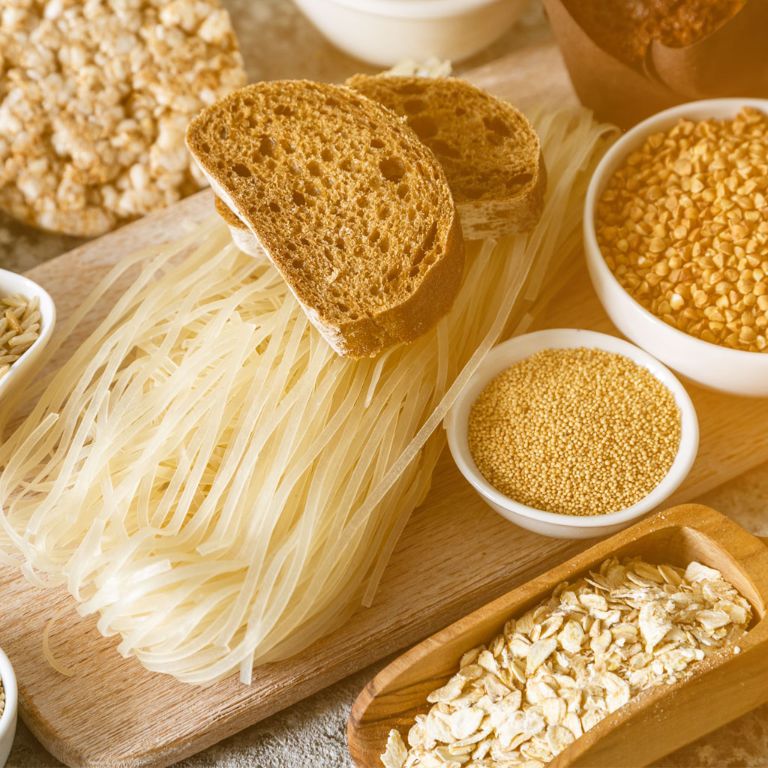When one decides to start losing weight, a common first step is to avoid eating certain food groups. Typically, the first one to go is everything that contains carbohydrates because of the popular myth that it can cause significant weight gain.
However, this is a common misbelief. According to the Harvard Chan School of Public Health, carbohydrates are actually an essential part of a healthy diet, being a source of glucose which, when converted to energy, supports our bodily functions and physical activities. [1] As such, the more important factor to consider is the type of carbs we eat rather than the amount we consume.
How carbs are converted to energy
When we eat food with carbohydrates, our body breaks it down into simple sugars, which is then absorbed into the bloodstream. Our blood sugar levels rise and quickly alerts our pancreas to release insulin. Insulin is the hormone we need to transfer these sugars from our blood to our cells. Once these sugars are in our cells, our body can then use them for energy.
Depending on the type of carbohydrates that enters our body, the entire process can either happen too fast that we easily deplete whatever energy we get; or is much slower and consistent that we are full of energy for a longer time.
| Type | What they are | What they do | Where you can find them |
| Simple carbs | They are made up of easy-to-digest sugars |
They can give you a burst of energy which may easily be depleted. This is what we know as “sugar crash.” [2] |
|
| Complex carbs | Known as the “good carbs,” they are made up of a longer series of sugars, which take longer for the body to break down. They also have more vitamins, minerals, and fibers.[3] |
They can help keep your body in optimal shape, and leave you feeling full throughout the day. |
|
There are some types of food, like fruits, that are also classified under simple sugars but are not considered “bad carbs.” This is because the sugars found in fruits are naturally occurring and contain a good amount of vitamins, minerals, and fiber which our bodies need. So when offered a choice between desserts and fruits, always choose fruits. If you’re not sure whether what you’re about to eat is bad or good for you, check the nutritional facts and avoid those with sugar levels higher than fiber, vitamins, and minerals.
The bottom line is, when it comes to losing weight, it’s more effective to eat a good portion of healthy carbs than to restrict the intake or totally eliminate any type of carbs in a diet.
Sources:
[1] “Carbohydrates.” Harvard T.H. Chan School of Public Health, https://www.hsph.harvard.edu/nutritionsource/carbohydrates/, Accessed 10-09-2019
[2] “Carbohydrates.” American Heart Association, 16-08-2018 https://www.heart.org/en/healthy-living/healthy-eating/eat-smart/nutrition-basics/carbohydrates
[3] Rodriguez, Diana, and Grieger, Lynn, RDN, CDE. “How Do You Tell The Difference Between Good And Bad Carbohydrates?.” 05-09-2017, https://www.everydayhealth.com/diet-nutrition/diet/good-carbs-bad-carbs/,







.png)

